Throughout June, several INESC TEC researchers “sailed” international waters representing INESCTEC.OCEAN, Portugal’s first Centre of Excellence in Ocean Research and Engineering. The project team promoted the Institute’s ocean research, technological, and engineering capabilities in meetings, fairs, conferences, and workshops.
INESCTEC.OCEAN’s journey began in Sicily; in late May, researcher Alfredo Martins travelled to Patti, a small town on the Italian island, to take part in the annual meeting of the NETTAG+ project – focused on preventing and mitigating the environmental impact of fishing and marine litter.
The stay included marine robotics tests with local fishing communities; in the Gulf of Patti, one of INESC TEC’s autonomous underwater vehicles stood out: the IRIS, originally designed for retrieving lost fishing gear.
Still within the scope of NETTAG+, Ana Paula Lima and José Miguel Almeida headed much further north. In Trondheim, Norway, INESC TEC took part in the 11th EMRA Workshop – European Marine Robotics and Applications -, organised by the Norwegian University of Science and Technology in early June.
“A workshop filled with relevant discussions and a strong collaborative spirit, making EMRA a key event for the marine robotics community,” mentioned Ana Paula Lima. Meanwhile, José Miguel Almeida (who coordinates the Institute’s Robotics and Autonomous Systems area) delivered a detailed presentation on INESCTEC.OCEAN.
Still in Norway – though further from the Arctic Circle – researcher Diogo Neves, specialised in maritime infrastructures, took part in NOR-Shipping, one of the world’s leading shipping industry events. In Lillestrøm, he encountered an ecosystem rich in knowledge sharing, experience exchange, and discussion of future maritime activities like offshore aquaculture and floating wind energy.
Heading towards “collaborative blue innovation”
Back in the Mediterranean, researchers Alfredo Martins and Diana Viegas travelled to Nice, France, to attend the One Ocean Science congress, promoted by the United Nations and serving as a prelude to the UN Ocean Conference, also held in the French city.
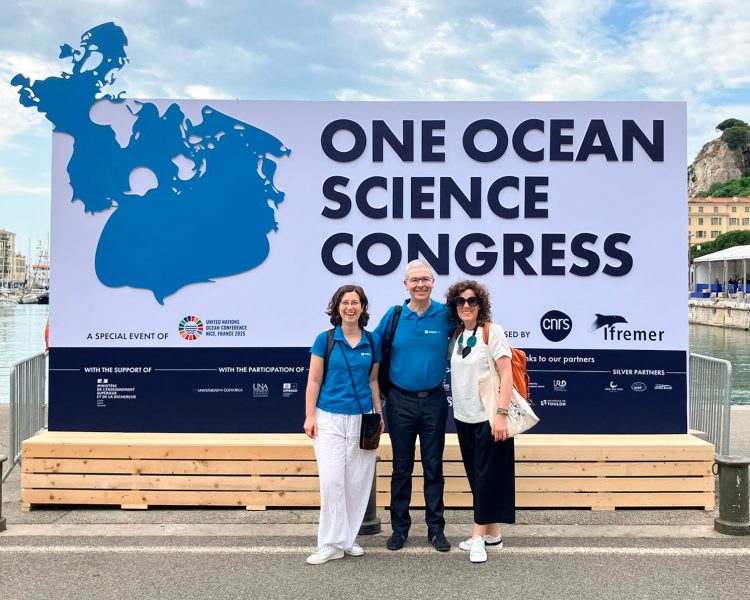
“The participation of INESCTEC.OCEAN in this conference was essential to strengthen our international position as a Centre of Excellence in Ocean Engineering,” emphasised Diana Viegas, the Centre’s Executive Director. She added that attending this event “increased networking and facilitated direct connections with key organisations, top researchers, and policymakers shaping international ocean agendas and directives”.
She also highlighted the opportunity to “communicate the mission of INESCTEC.OCEAN and attract interest from both national and international stakeholders”. “It helps establish consortia, integrate into European funding frameworks, share data, and promote collaborative blue innovation,” she concluded.
Making waves in Brest
In northwestern France, INESC TEC was represented by a larger delegation. Researchers Ana Paula Lima, Pedro Emanuel Guedes, Marco Amaro Oliveira, Fernando Cassola, Filipe Borges Teixeira, and João Pedro Loureiro attended the OCEANS Conference organised by the IEEE Oceanic Engineering Society.
During the event, INESC TEC joined other international participants in the exhibition and presented several papers focusing on marine technology and engineering research.
In collaboration with projects ILIAD (ocean digitalisation) and Terradue, researchers Marco Amaro Oliveira and Fernando Cassola Marques, experts in human-centred computing and information science, showcased recent efforts in digital twins’ implementation and interoperability for the oceans.
Regarding the telecommunications and multimedia domain, Filipe Borges Teixeira presented studies on underwater communication supported by blockchain and multimodal wireless networks with Quality of Service (QoS). In the poster competition, João Pedro Loureiro presented the efficiency tests on SAGE, an underwater communication structure that integrates semantic information processing with generative AI.
Pedro Alves Guedes, a robotics and autonomous systems researcher, presented work on multibeam sonar systems using acoustic communication-based imaging – a valuable tool for sea monitoring and marine litter detection in the water column.
What about the Pacific?
INESCTEC.OCEAN’s presence wasn’t limited to the Atlantic: on the Pacific coast, the project made an appearance at Web Summit Vancouver. In late May, Ana Paula Lima joined a Portuguese delegation led by the Secretary of State for the Economy.
At one of the world’s largest tech fairs, she showcased INESC TEC and INESCTEC.OCEAN’s capabilities in fostering the Blue Economy on a global scale. While in Vancouver, she also visited the University of Victoria’s Centre for Aerospace Research, and met with the Ocean Networks Canada team, one of INESC TEC’s former partners. It was a positive moment to “strengthen cooperation and innovation ties” between this ocean observatory and the Institute.
On the US East Coast, Scientific Coordinator Eduardo Silva was invited to take part in a UN advisory panel on “Oceans and the Law of the Sea”, focusing on capacity building and the transfer of marine technology. At UN Headquarters in New York, he stressed the importance of “knowledge transfer and nurturing intellectual capital” to build capacity in ocean research and innovation.
Besides presenting INESC TEC’s installed capacity and ongoing projects, Eduardo Silva advocated for an active multilateral collaboration approach across the Atlantic, based on ocean observation, science diplomacy, and data-driven policy.
Returning to the Pacific, the INESCTEC.OCEAN team travelled to Kobe, Japan. Researchers Betina Neves, Pedro Guedes, Alfredo Martins, and José Miguel Almeida boarded the shinkansen to attend a workshop hosted by the International Seabed Authority (ISA).
Held in collaboration with the Ocean-Bottom Exploration Centre, from the University of Kobe, the event explored advanced monitoring technologies for the sustainable use and protection of international seabed.
The team presented INESC TEC’s technological capabilities and the latest results from the TRIDENT project, which focuses on developing new technologies to assess the environmental impact of deep-sea activities.
From 10–12 June, the workshop sparked key discussions on the future of responsible marine resource exploration, including the use of machine learning and AI tools for modelling and interpreting data, and identifying real-time strategies for data collection, communication, and management.
Amid many other actions, June (the Month of the Oceans) clearly showcased the continuous promotion of R&D&I capabilities and achievements at INESC TEC, and the international recognition and positioning of Portugal’s newest Centre of Excellence: INESCTEC.OCEAN.
The researchers mentioned in this news piece are associated with INESC TEC, the School of Engineering – Polytechnic Institute of Porto (ISEP), the Faculty of Engineering – University of Porto (FEUP), and the University of Maia (ISMAI).


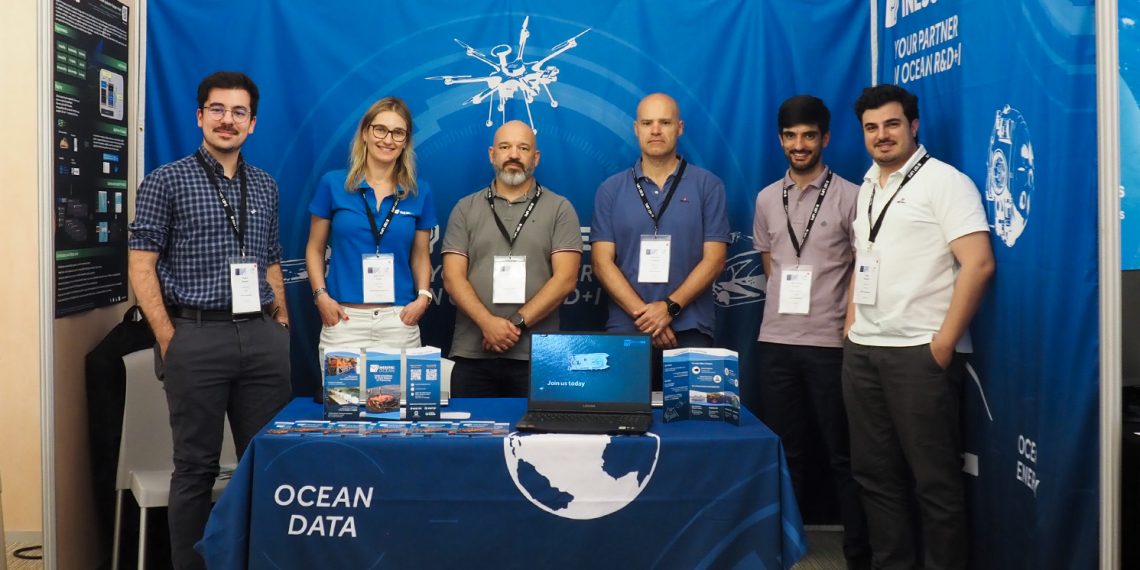
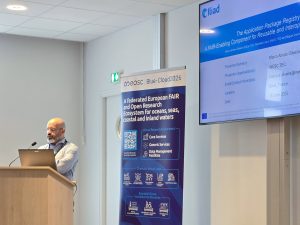
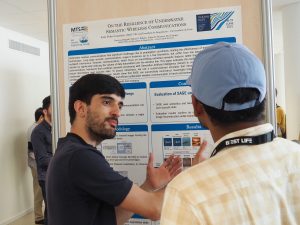
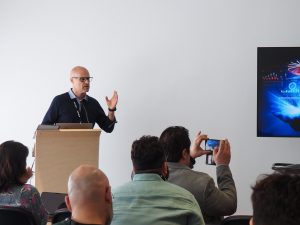
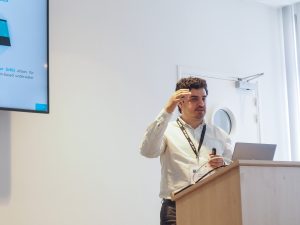
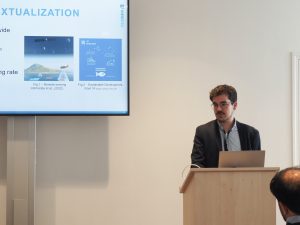
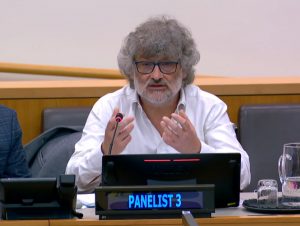
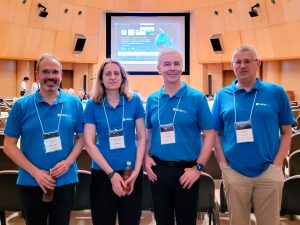
 News, current topics, curiosities and so much more about INESC TEC and its community!
News, current topics, curiosities and so much more about INESC TEC and its community!